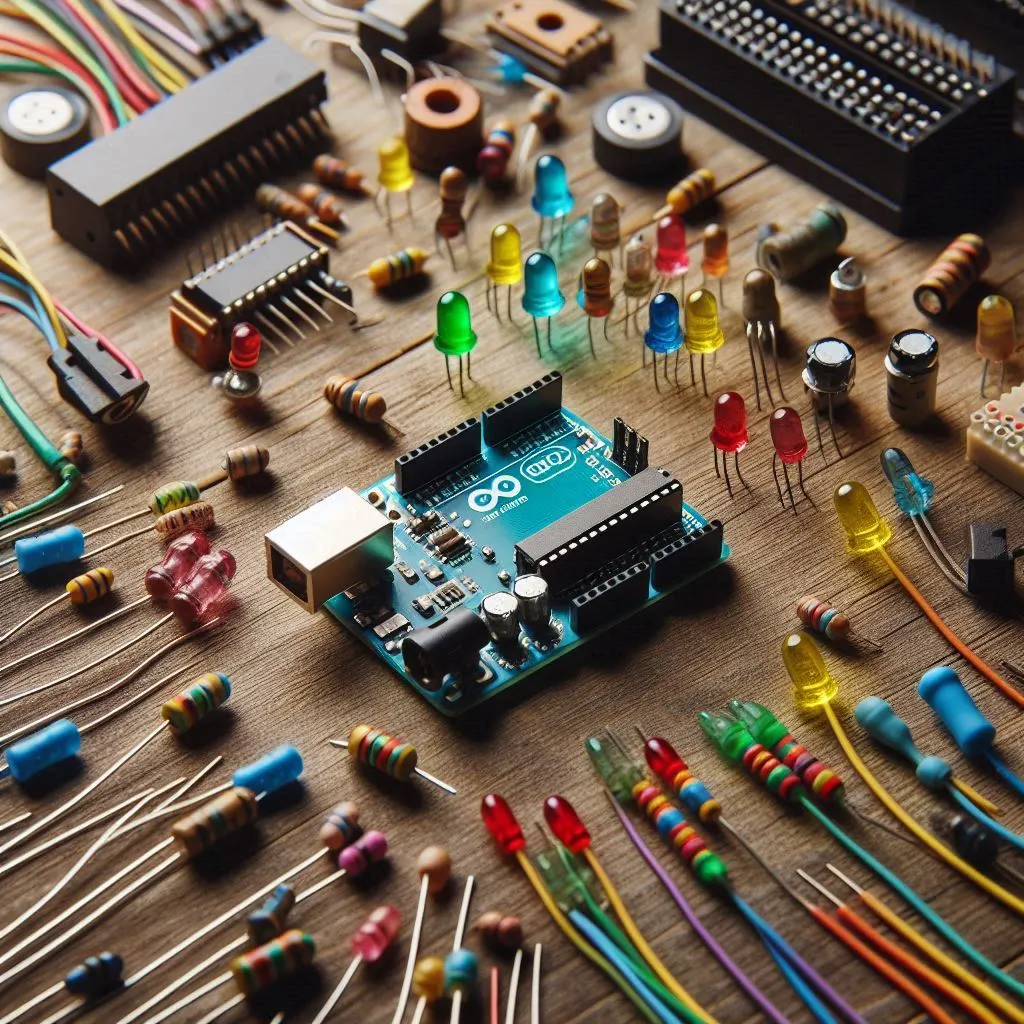In the modern world, where artificial intelligence is given a lot of attention. My strong opinion is to investigate robotics because robotics goes beyond data processing to include physical contact in the actual world and multidisciplinary problem-solving. Robotics integrates principles from computer science, electronics, and engineering, robotics offers real-world uses and interactive experiences that artificial intelligence (AI) cannot. Learning robotics prepares you for new occupations and a deeper awareness of the potential of technology by giving you useful skills in designing, building, and programming robots that carry out tasks in the real world, by providing curiosity on every small result and bust you to take a step ahead and experiment more.

Combining aspects of computer science, engineering, and creativity, robotics is an interesting field. You’re going to have an exciting adventure if you’re a student who wants to learn more about robots. This is an introduction to robotics guide to help you get started on your robotics journey.
1. Understand the Basics
Understanding the basics of robotics is essential before beginning any hands-on projects. Designing, constructing, and programming robots to carry out tasks on their own is the field of robotics. Start by familiarizing yourself with key concepts such as:
- Robots and Their Components: Learn about different types of robots and their parts, including sensors, actuators, and controllers.
- Basic Principles of Mechanics and Electronics: Understanding how motors work, the role of sensors, and basic circuitry will help you build and troubleshoot robots effectively.
- Programming Fundamentals: Robots are controlled by code. Basic programming skills are essential. Start with languages commonly used in robotics, like Python or C++.
Some book recommendations:
- “Robot Operating System (ROS) for Absolute Beginners: Robotics Programming Made Easy” by Lentin Joseph
- “Robotics: Modelling, Planning and Control” by Bruno Siciliano and Lorenzo Sciavicco
- “Introduction to Robotics: Mechanics and Control” by John J. Craig
- “Understanding Robotics: A Guide to Understanding the Various Types of Robots and Their Components” by Peter M. Schumaker
2. Start with Educational Kits
Hands-on experience is invaluable in robotics. Educational kits are an excellent way to start learning. These kits come with everything you need to build and program simple robots. Some popular options include:
- LEGO Mindstorms: A versatile platform with easy-to-use components and programming software.
- VEX Robotics: Offers various kits that cater to different skill levels, from beginner to advanced.
- Arduino Starter Kits: Great for learning electronics and programming with a broad range of sensors and actuators.

